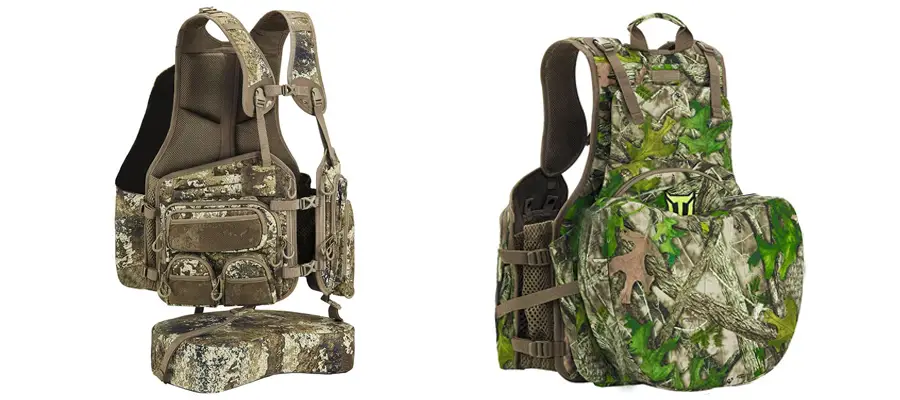Is it really even worth your time and energy to hunt deer in the late season? The most direct answer I can give is, sometimes. But it depends more on your willingness to learn and adapt than any particular hunting skill. On this episode I talk about the differences of late season hunting and how you need to change your strategy in order to find consistent success. Anyone can do it, if you have the drive to do it right.
The biggest problem with hunting in the late season is people have less drive and motivation to put in the effort needed to hunt successfully. They don’t realize the late season is different than the early season or the rut. They don’t realize the deer behave differently, use the land differently, and move to different locations.
If you want to be successful in the late season you need to scout for the late season, prepare for it, and establish hunting spots for it. You almost need to treat it like a unique game/season altogether. The same spots, tactics, and timing of the early season rarely works here. And the only time you can effectively scout for the late season is during the late season. So very few people have the best hunt they can have at this time of year because do not go to the ends needed to make it work well. But you absolutely can.
People tend to get busier with holidays, family, and work. Also, the excitement of early season and rut hunting wears off, so it becomes doubly hard to muster the motivation to scout and prepare. Weather and gear become an obstacle too. But you can extend the capabilities of your gear with a few tricks and tips I mention in this episode.
The biggest thing hunters must have is the will to hunt this season. If you can muster that, you can be very successful. There also some significant advantages to hunting in the late season as well. In fact, you can accomplish a lot with minimal time hunting, if you put in all the work needed up front.
The single best piece of advice I can give you is to scout the late season on years when you are not hunting it. When you learn how deer use the land one year, they will very likely use it in similar ways the following years. So scouting when your tags are full is a great way to help you prepare for hunting next year. Time invested now can pay off in future seasons.
Listen to this whole podcast episode to hear all the details strategies about late season deer hunting.

